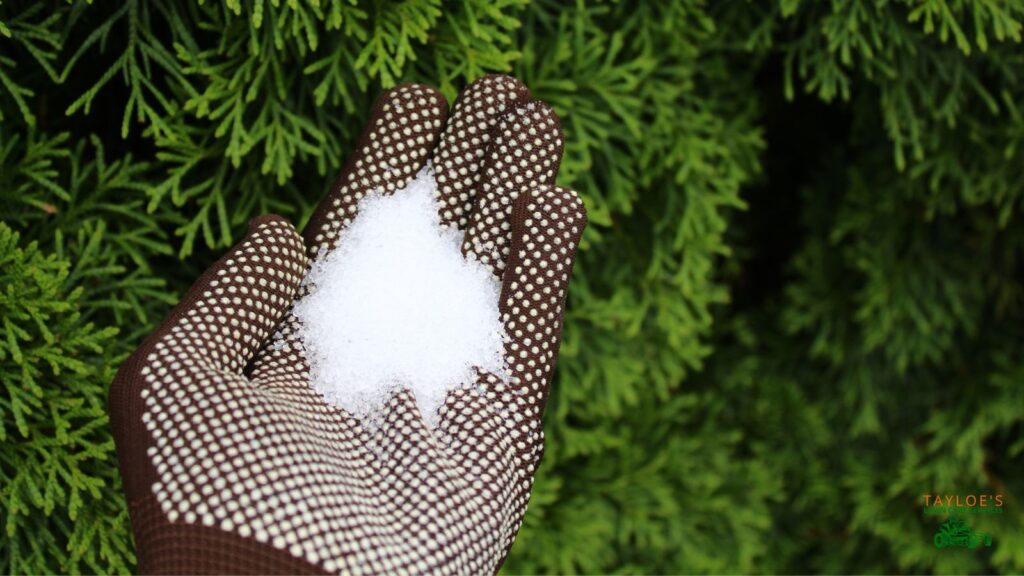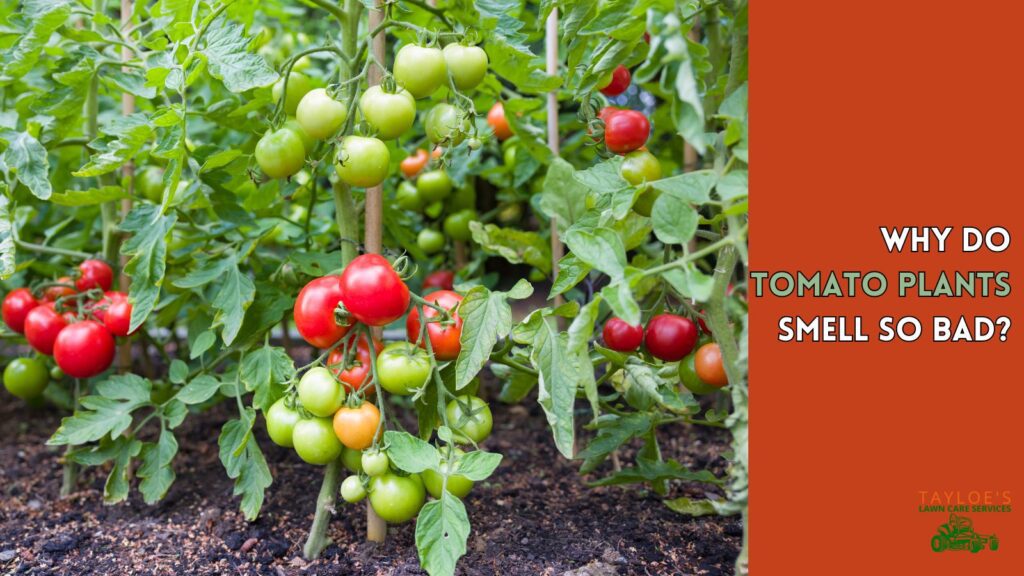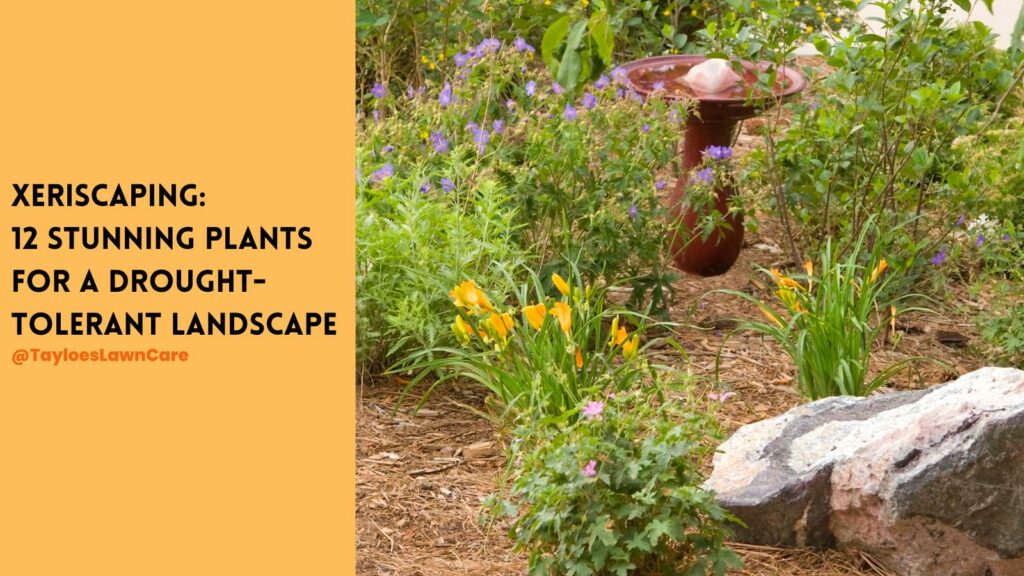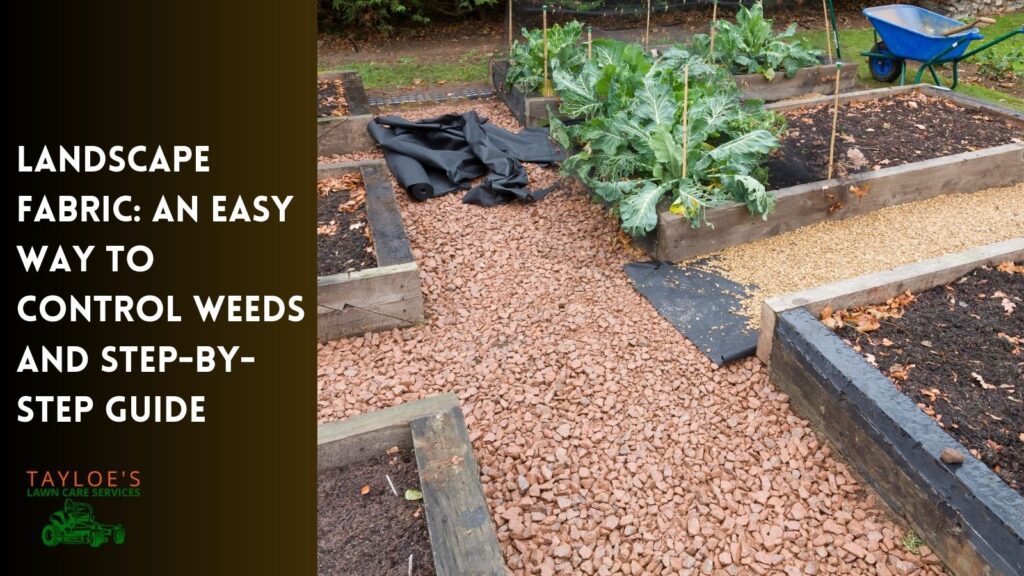Last Updated on: 29th December 2023, 09:08 pm

Know the possible outcomes before applying Epsom salts to plants.
Epsom salt is easy to find at any local store, super affordable, and can provide multiple benefits to your garden. The key to success is understanding the proven science behind it and knowing the correct application.
I often see people online casually urging other gardeners to add Epsom salt to their gardens, all willy-nilly, swearing that it is some miracle cure. I cringe when I see these posts. Because the truth is that you should apply any nutrients to your garden only after you test your soil. You will find risks and benefits like anything you add to your garden.
Although this article explains six primary benefits uses, we also provide some cautions so that you can make wise decisions.
The Epsom Salt Council explains that this is magnesium sulfate. As the name reveals, this blend comes from magnesium and sulfur. Both of these are essential soil nutrients. Both occur naturally within your soil, but repeated planting depletes them. When you add Epsom salt, you replenish the supply, which translates to improved plant health.
How Can I Tell If My Soil Has a Magnesium Deficiency?
The only definite way to assess soil health is to confirm it with a soil test kit. However, you can also look for a few visual cues that may reveal a magnesium deficiency that Epsom salt could correct.
Magnesium is a chlorophyll component, making plant leaves green during photosynthesis. Older growth leaves will turn yellow or spotted if your plants lack this mineral. Why the older growth? Because magnesium gravitates to new growth. So, yellowing only of older leaves (and not newer ones) is a physical sign.
Do I Need to Dilute Epsom Salts for My Plants?
In one short word.
Yes!
Epsom salt will remove water and dry your plants, making them wither if you do not dilute the magnesium sulfate. The methods mentioned below utilize water in all cases related to plant health.
Six Benefits of Using Epsom Salt in the Garden
How does Epsom salt help your garden? Here are some benefits:
1 – Espom salt can help control slugs and snails
Slugs and snails can destroy your plants. When you spot a slug, toss a handful of Epsom salt on it and watch it shrivel and die.
If you have many slugs, create a dry ring of salt–encircling your plants with magnesium sulfate. After they slink through the protective ring, they will die.
2 – Deter beetles with Epsom salt
Anecdotal reports claim that beetles seem to be put off by magnesium sulfate–perhaps because of the sulfur? Make a preventative spray for your plants using one cup of Epsom salts and five gallons of water. Mist the leaves in a fine mist with a spray bottle or sprayer.–you can safely reapply this about every seven to ten days.
Go very lightly. You do not want to scorch or dry out the leaves of your plants.
3 – More vibrantly blooming roses
Healthier rosebushes mean an increase in vibrant colors. Roses, especially, love Epsom salt. For fuller blossoms, vigorous growth, and lusher foliage, dispense about a tablespoon around the base of your rose bush. Water the plant well, dissolving the magnesium sulfate into the ground.
CAUTION: Do not apply the Epsom salt directly to the flowers, leaves, or stems of your rose bushes. Doing so will cause them to wither!
4 – Epsom salt makes green leaves more vibrant.
Clorophyll requires magnesium, and when you add Epsom salt, you give it a nice boost. What is chlorophyll? The green pigment gives plants their beautiful green displays of color. So adding a reasonable amount of magnesium can help promote greener plants that will show off their most intense colors.
Dissolve two tablespoons of Epsom salts in one gallon of water and water around the base of your trees, shrubs, and ornamentals for a vibrant display of lush green color.
5 – Make your lawn healthier
Just as it makes more vibrant greens, Epsom salt can contribute to a more vibrant lawn–again–if your soil lacks magnesium.
If your grass is a bit yellow or brown-looking, treat it to Epsom salt on a cooler day or during the off-season. Apply three pounds of salt for every 1200 feet in a broadcast spreader, then water the grass immediately.
Some tipsters online suggest rising early when you expect mid-morning rain and letting nature do the watering to conserve.
6 – Encourage drying of old stumps for easier removal
Stump removal can be very costly. A lot of people hack away at them with an axe. Still, it can take years to remove a stump completely.
Magnesium sulfate can help dry out the remaining root system. Use a large drill bit to make holes in the stump. Pour in Epsom salt, packing the hole. Cover it with a protective tarp to avoid moisture. After a month, the wood will start to dry. You can chip away at the stump with an ax and repeat the process.
This method takes patience and time. Still, it beats the cost of hiring a tree service to remove your stumps – if you can physically manage this.
What Can Epsom Salt NOT Do?
Some shady claims are out there, presenting Epsom salt as a do-all and cure-all for the garden. However, these are simply untrue.
Here are three myths that we must debunk:
- Tomatoes and cucumbers (or any other fruit) are not sweeter after you apply Epsom salts. Research debunked this old-school process about sixty years ago, but the legend seems to live on.
- Epsom salt does not prevent blossom end rot in tomatoes. Some people mix up magnesium and calcium. If you have a problem with blossom end rot, try our eggshell fertilizer to correct the calcium deficiency instead.
- You don’t need magnesium sulfate to start seeds. Seeds don’t need either of these elements to germinate; they need sunshine, water, and soil.
Four Cautions When Using Epsom Salt in the Garden
Let’s review a few cautions, as too much is not good when applying magnesium sulfate.
- Failing to use water when applying to plants can scorch your leaves or foliage.
- Overapplication can cause runoff into waterways, streams, and ponds.
- You don’t need to add Epsom salts if you have enough magnesium in your soil. The test kit I linked to earlier in the article is worth the knowledge you’ll receive.
- Magnesium can interfere with calcium absorption of your plants, causing a new deficiency.
The Takeaway: Epsom Salts Can Help Correct Magnesium Deficiency
If your soil is magnesium deficient, Epsom salt can help rebalance it. However, you should apply it cautiously and only with complete knowledge of the risks and benefits of the application. While you can reap the rewards, you can also do great harm if you misapply it.
So what’s my personal choice as a lawn care professional? I don’t apply it in my lawn or garden–except to dry out slugs when they become intolerable. My soil is calcium-depleted, and adding Epsom salt would only worsen the issue. That’s where your judgment comes into play–if you need the magnesium, give it a cautious try.
Do you love reading outdoor lifestyle and lawn care content? Follow Tayloe’s Lawn Care Services, LLC, on Facebook. We post new ideas often. Or, if you need to contact us for help, feel free to call 252.287.3376
Author Profile

- Deborah Tayloe is the CEO and co-founder of Tayloe's Lawn Care Services, LLC. She has a B.S.Ed and holds certificates in soil and water management and herbology from accredited programs.
Latest entries
 GardeningSeptember 27, 2025What perennials, shrubs, and trees don’t like fall pruning (and why)?
GardeningSeptember 27, 2025What perennials, shrubs, and trees don’t like fall pruning (and why)? Trees and ShrubsSeptember 14, 2025Fall Shrub Pruning Guide (September–October)
Trees and ShrubsSeptember 14, 2025Fall Shrub Pruning Guide (September–October) Trees and ShrubsApril 22, 2025Boxwood Blight: Early identification and isolation
Trees and ShrubsApril 22, 2025Boxwood Blight: Early identification and isolation Flower GardenApril 8, 2025John F. Kennedy Rose: Hybrid tea rose with elegant white blooms
Flower GardenApril 8, 2025John F. Kennedy Rose: Hybrid tea rose with elegant white blooms








